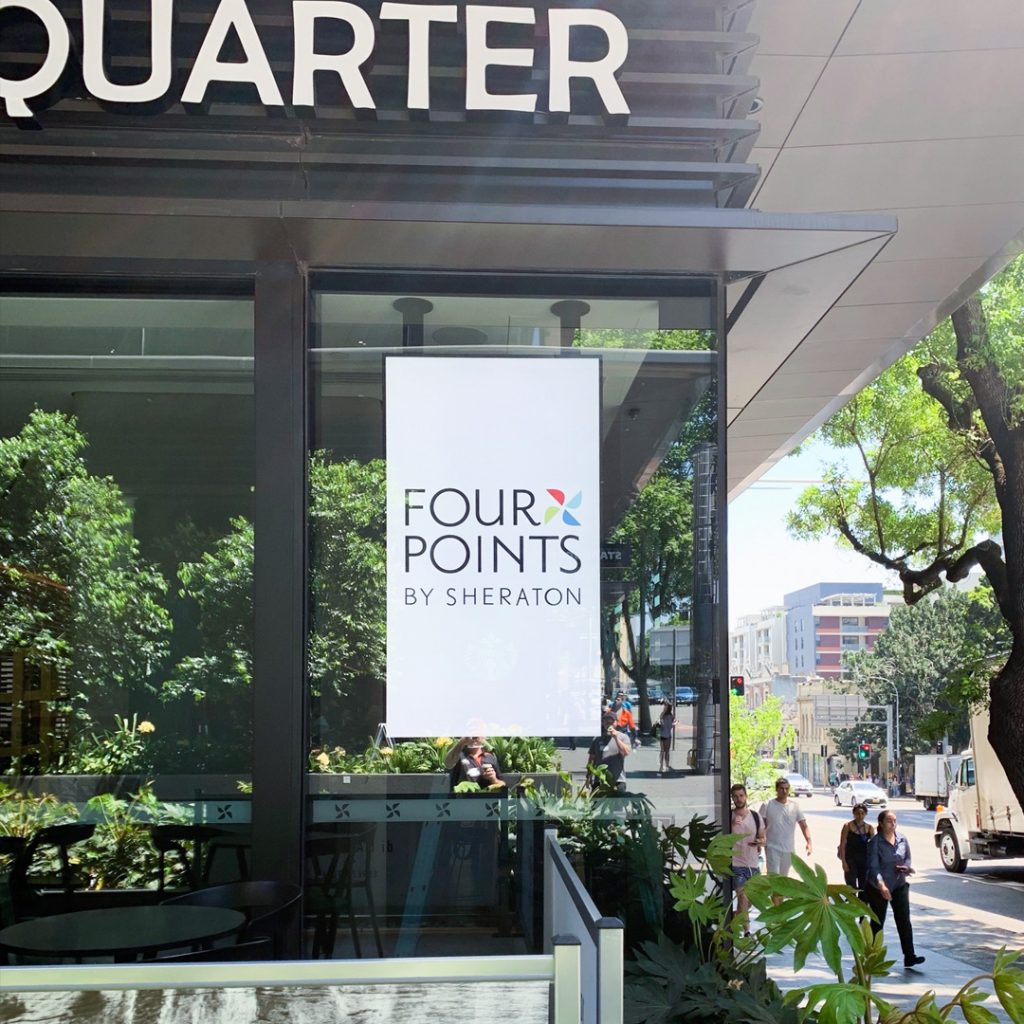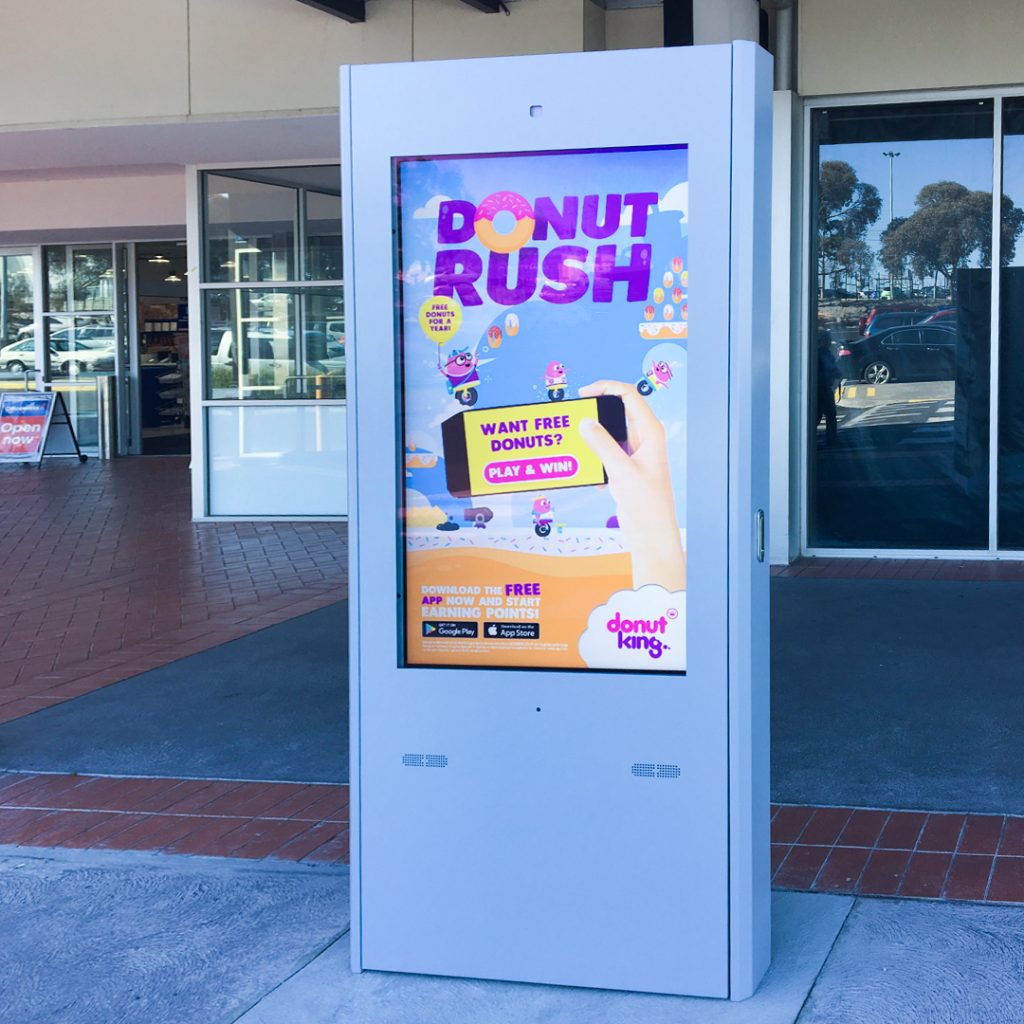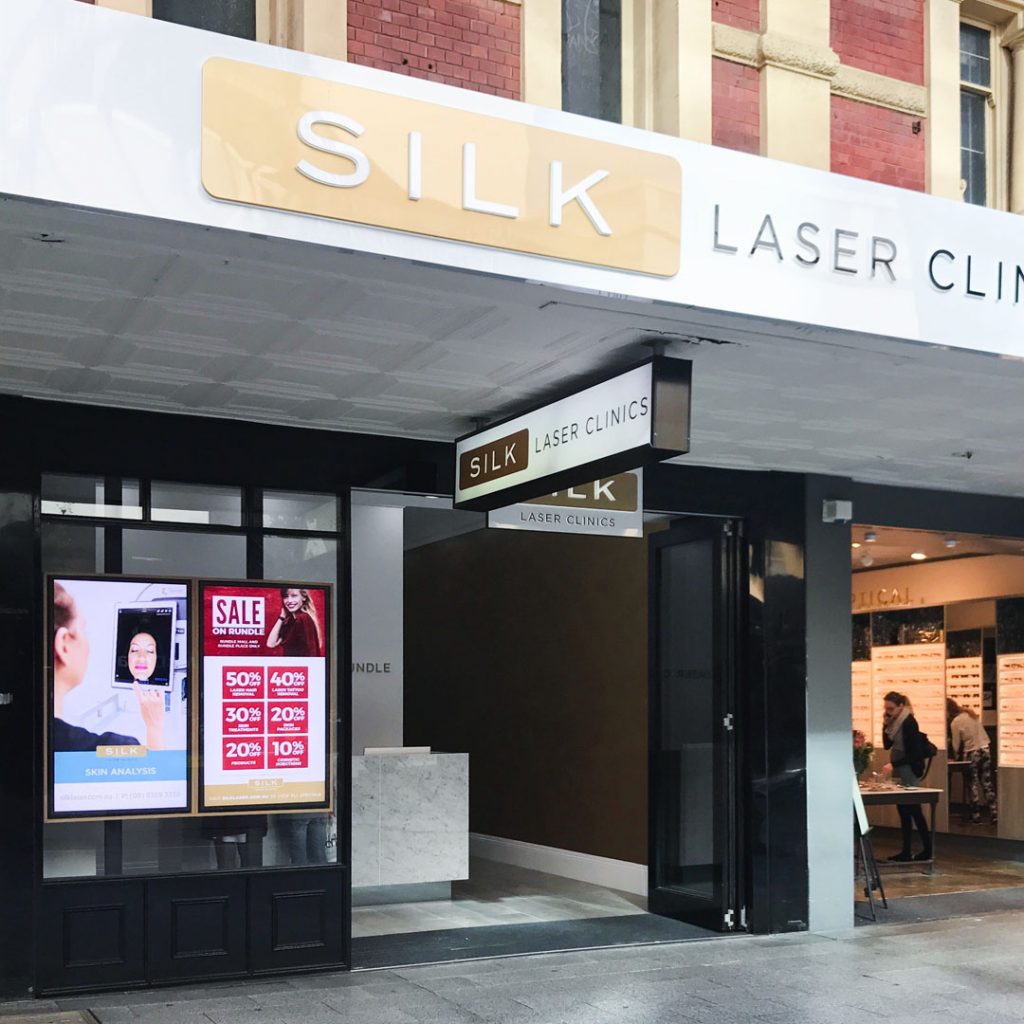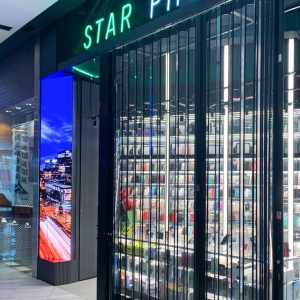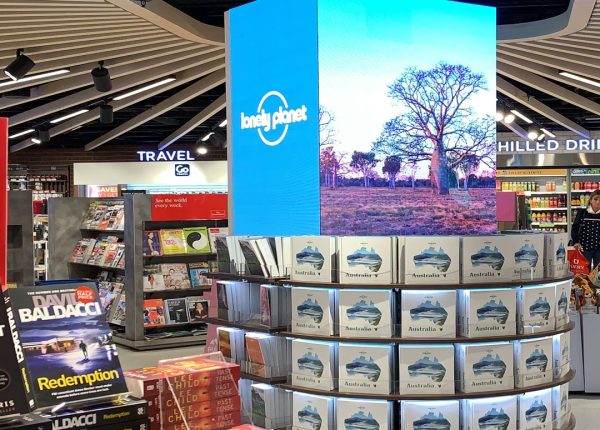We often get asked the question, ‘Do we need a high-brightness screen for our street-facing window display?’ The answer should always be a resounding ‘Yes’.
The harsh reality is that ambient daylight is very bright, and a standard brightness LCD display can’t compete. If you’ve ever taken your TV outside on a warm summer’s afternoon to watch some sport, you will notice the image appears washed out and difficult to see. This is exactly what will happen if you place a standard brightness LCD display in your shopfront window.
Now here’s the techie bit. Screen brightness is typically measured in Nits or Candlers per square meter (cd/sqm), which are units of luminance intensity. The higher the Nits or cd/sqm number, the brighter the screen. For example, most domestic televisions are around 200–300 Nits, while commercial displays start at 400–450 Nits. When you then start to consider the high brightness screens, the number can increase to around 1,500 Nits through to 4,000 Nits.
When it comes to choosing a screen for your shopfront, the main difference between needing a 1,500 Nit panel or one that is 4,000 Nits is whether or not the screen is exposed to direct sunlight. If your window has an awning protecting it from direct sunlight, a 1,500 Nits screen should meet your requirements. On the other hand, if you have a north-facing window that directly faces the afternoon sun, then a 4,000 Nits screen is definitely your best bet.
Street-facing window displays are highly effective in catching the attention of potential customers passing by—but not if they can’t be seen. High-brightness LCD displays significantly improve screen visibility and help reduce screen glare, providing your audience with the best viewing experience of your digital content. Getting the brightness right can be the difference between engaging your next customer with your content, or a missed opportunity where they simply pass by.







